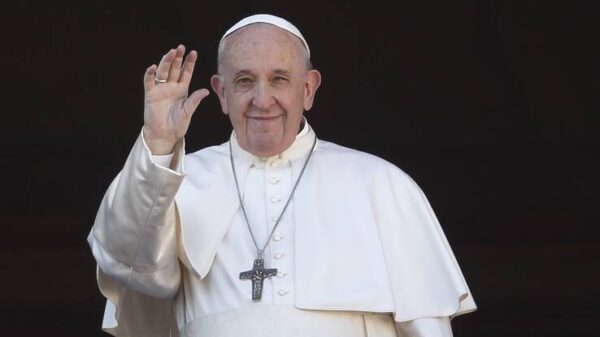In a significant shift within the UK’s television landscape, Netflix has surpassed BBC1 in viewership for the first time. Data from the UK’s official ratings body, BARB, indicates that during September, October, and November 2024, Netflix achieved an average audience reach of 43.2 million viewers, slightly edging out BBC1’s 42.3 million.
Popular Content Drives Netflix’s Ascendancy
Netflix‘s rise in viewership is largely attributed to the success of original series such as “Black Doves,” featuring Keira Knightley, and the second season of “Squid Game.” These shows have captivated UK audiences, contributing significantly to the platform’s increased reach.
BBC1’s Response and December Resurgence
Despite this shift, BBC1 reclaimed its leading position in December 2024, with a reach of 48.4 million viewers compared to Netflix’s 46.4 million. This resurgence was bolstered by festive programming, including popular titles like “Gavin & Stacey” and “Wallace & Gromit: Vengeance Most Fowl.”
Debate Over Comparative Metrics
The BBC has challenged the validity of directly comparing a single broadcast channel to an entire subscription-based streaming service. A spokesperson stated that such comparisons are “meaningless in an on-demand world,” emphasizing the comprehensive nature of the BBC’s offerings, which include multiple channels and the rapidly growing BBC iPlayer.
Shifting Viewing Habits Among Younger Audiences
The rise of streaming services like Netflix highlights a broader trend of declining traditional TV viewership, especially among younger demographics. Data from Ofcom reveals that less than half of Gen Z viewers regularly watch traditional TV, with only 49% of 16 to 24-year-olds engaging with broadcast TV during an average week in 2024, down from 76% in 2018.
Investment Disparities Between Platforms
The competition between Netflix and traditional broadcasters is further underscored by significant differences in content investment. Netflix’s substantial budget for content production contrasts with the BBC’s funding, influencing the volume and variety of programming available to viewers.
Implications for Public Service Broadcasting
Netflix’s growing dominance raises questions about the future role and funding of public service broadcasters like the BBC. The shift in viewership patterns prompts discussions on how these institutions can adapt to changing audience preferences and the evolving media environment.
The Role of On-Demand Services
The increasing preference for on-demand content is evident in the success of platforms like Netflix. This trend challenges traditional broadcasters to enhance their digital offerings to meet audience expectations for flexible viewing options.
BBC iPlayer’s Growth and Strategy
In response to changing viewing habits, the BBC has focused on expanding its iPlayer service. The platform has become the fastest-growing TV streaming service in the UK, with nearly all comedy and drama content available as a day-one drop, reflecting the BBC’s digital-first approach.
Comparative Audience Reach Metrics
While Netflix’s monthly reach surpassed BBC1 during the specified period, it’s important to consider the broader context. The BBC’s total portfolio, encompassing multiple channels and services, attracted a larger cumulative audience over the year, highlighting the complexity of viewership metrics.
Impact on Advertising and Revenue Models
The shift in viewership dynamics influences advertising strategies and revenue models within the industry. Advertisers may increasingly allocate budgets toward digital platforms, recognizing the growing audiences on streaming services compared to traditional TV channels.
Content Diversity and Viewer Choice
Netflix’s extensive and diverse content library offers viewers a wide range of choices, contributing to its appeal. This variety challenges traditional broadcasters to diversify their programming to retain and attract audiences.
Regulatory Considerations
The evolving media landscape prompts regulatory bodies to reassess existing frameworks governing broadcasting and streaming services. Ensuring fair competition and protecting public interests remain key considerations as the industry transforms.
Future Projections for TV Consumption
Analysts predict that the trend toward streaming services will continue, with traditional broadcasters needing to innovate and adapt to maintain relevance. Collaborations, hybrid models, and enhanced digital platforms may become more prevalent as the industry evolves.
Conclusion
Netflix’s overtaking of BBC1 in UK viewership marks a pivotal moment in the television industry, reflecting broader shifts in consumer behavior and technological advancements. As streaming services continue to gain traction, traditional broadcasters face the challenge of evolving to meet new demands, ensuring they remain integral to the UK’s diverse media ecosystem.




































